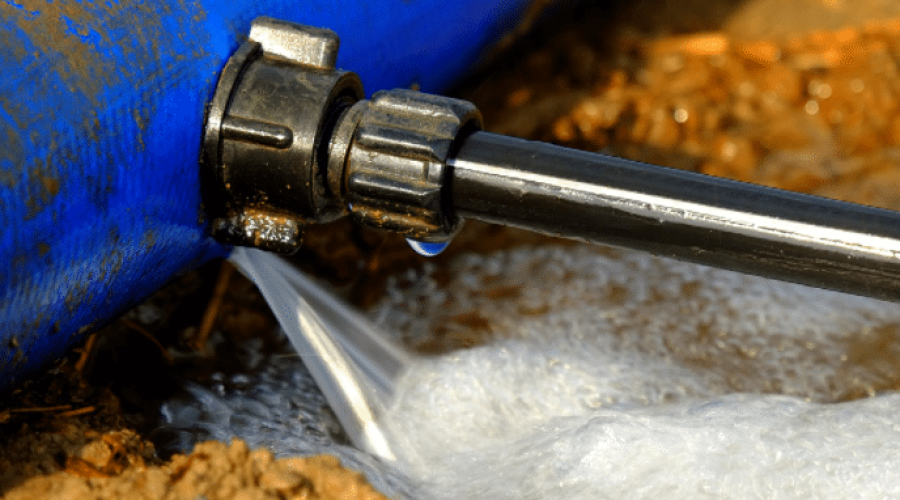
How Does Leak Detection Work In San Diego?
We at 1st Response Leak Detection are confident in the quality of our leak detection services. We can accomplish so by combining cutting-edge technology with the most excellent training possible for our team and developing our equipment and tactics over many years of expertise in the leak detection area.
We at 1st Response leak detection feel a few fundamentals every homeowner should know about leak detection. The two main methods of leak detection that we use are Direct Drive and Induced Pressure Leak Detection. The way they work is simple: One method tests for leaks by using suction to see if pressure is present in the piping, while the other method tests for leaks with pressurized air or gas to see if pressure is lost from the piping.
Air leak detectors (rats) can be used on all types of compressed air systems, including commercial and industrial plants, refrigeration systems, and vacuum lines to detect leaks. Most rats operate off 12V DC or 110-120 AC voltages when supplied with a transformer unit and power cord.
Co2 leak detection units are used to detect leaks in high-pressure carbon dioxide systems (CO2 leak detectors). Leak detectors can be either pneumatic or electric. In addition, leak detectors can be used with many applications but are most commonly found on refrigeration and air conditioning systems, cryogenic storage tanks, gas cylinders, welding equipment, and high-pressure piping services.
Pressurized leak detectors are made with two primary functions: leak finding and gas analysis. It is essential to know that leak detectors do not make a perfect seal at the probe tip like a tire pressure gauge because of the heating effect created by excessive flow of pressurized gases past a leak point or minor defect.
The four leak detecting instruments we use at 1st Response leak detection are:
- Monitor leak detectors
- Co2 leak detectors
- Wireless leak detectors
- Solar-powered leak detection systems.
1st Response monitor leak detection can be used with many applications but is most commonly found on refrigeration and air conditioning systems, cryogenic storage tanks, gas cylinders, welding equipment, and high-pressure piping services. They also come in various models ranging from the XT-6 to XT-10X that can be tailored to your specifications.
The XT-6 is an economic unit for smaller or mobile applications such as agricultural tractors. The XT-6 comes standard with a 14″ long stainless steel probing rod and 8′ leads at both ends. Additional accessories include’ 3″ leak detector hose, standard Ah (Ampere hour) gauge for leak detection along with a 10′ probe extension.
Conclusion
We can ensure that our team knows how to use our advanced electronic leak detectors. We can apply their top-notch expertise to use that technology to do the best job for you most efficiently and thoroughly possible by providing the best training available.
Contact 1st Response Leak Detection in San Diego for all of your leak detection needs if you suspect your leak. Call (619) 374-8554 right now.



